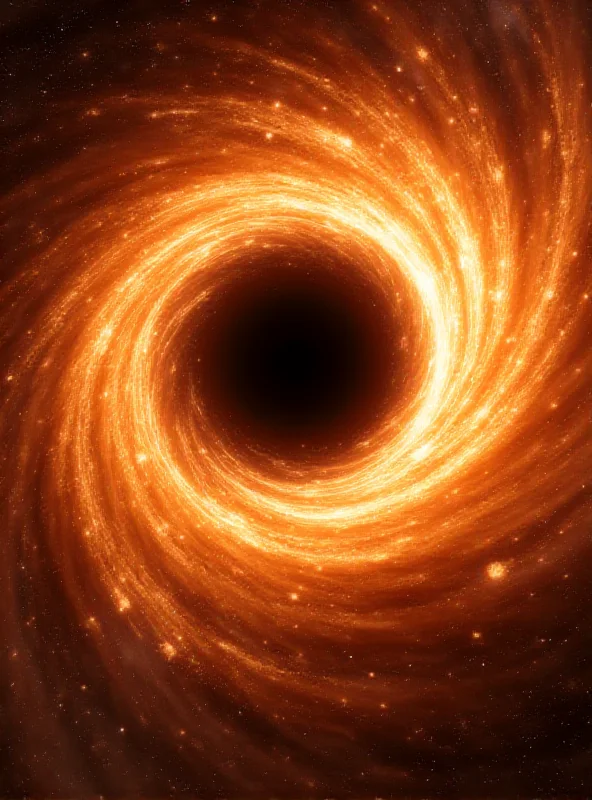The cosmos is a vast and mysterious place, and scientists are constantly pushing the boundaries of our knowledge. Recent studies have shed light on several fascinating phenomena, from the icy plumes of Enceladus to the elusive nature of dark matter. Let's dive into some of the latest discoveries that are capturing the attention of astronomers and space enthusiasts alike.
Enceladus: Geysers and Icy Secrets
For years, scientists have believed that the water plumes erupting from Saturn's moon Enceladus originated from a vast underground ocean. These plumes are of particular interest because they suggest the potential for liquid water, a key ingredient for life, beneath the moon's icy surface. However, a new study challenges this long-held assumption.

The study proposes that the geysers may instead originate from a semi-liquid layer within the moon's ice shell. This layer, formed by shear heating along fractures, could create slushy, salt-laden reservoirs that are responsible for the erupting plumes. "This alternative explanation provides a new perspective on the dynamics of Enceladus and the processes that drive its remarkable geological activity," says lead researcher Dr. Anya Sharma.
"This alternative explanation provides a new perspective on the dynamics of Enceladus." - Dr. Anya Sharma
A Monster Black Hole Next Door
Our galactic neighbor, the Large Magellanic Cloud, may be hiding a massive secret: a supermassive black hole. A recent study analyzing the trajectories of nine fast-moving stars at the edge of the Milky Way provides strong evidence for the existence of this cosmic behemoth within the Large Magellanic Cloud. This makes it the closest supermassive black hole outside of our own galaxy.

The discovery offers a unique opportunity to study these powerful objects and their influence on galactic evolution. "Finding a supermassive black hole so close to our own galaxy allows us to observe its effects in unprecedented detail," explains astrophysicist Dr. Ben Carter. "It's like having a cosmic laboratory right in our backyard."
Mapping Dark Matter with Pulsars
Dark matter, the mysterious substance that makes up a significant portion of the universe, continues to puzzle scientists. A groundbreaking study has made significant progress in measuring dark matter density in the Milky Way by incorporating data from solitary pulsars alongside binary pulsars. Previously, binary pulsars were the primary source of data, but the inclusion of solitary pulsars has doubled the dataset, leading to more accurate measurements.

Furthermore, the research provides evidence of the Milky Way's "wobble" due to interactions with dwarf galaxies. By mapping these accelerations, researchers have gained new insights into the distribution of dark matter and the underlying forces shaping our galaxy. This advancement brings us closer to understanding the true nature of dark matter and its role in the cosmos.
These discoveries highlight the ongoing efforts to unravel the mysteries of the universe. From the icy depths of Enceladus to the enigmatic realm of dark matter, each new finding brings us one step closer to a deeper understanding of our place in the cosmos.
